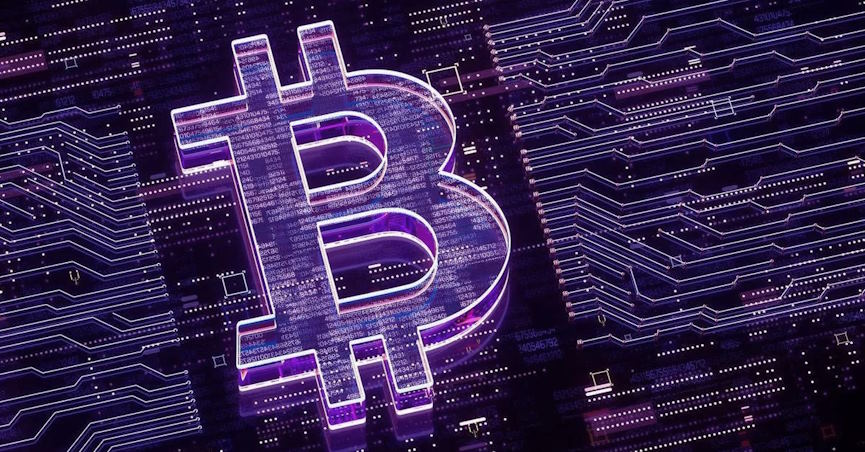August 27, 2023
Understanding the Role of Cryptocurrencies in Cybersecurity

In the realm of cybersecurity, cryptocurrencies have assumed a crucial role, offering innovative solutions and posing new challenges. As cyber threats continue to evolve and become increasingly sophisticated, understanding the intersection of cryptocurrencies and cybersecurity is essential.
Cryptocurrencies as Targets for Cyberattacks
In the ever-evolving landscape of cybersecurity, cryptocurrencies have become prime targets for malicious actors seeking to exploit vulnerabilities and gain unauthorized access to digital assets. Understanding the types of cyberattacks that pose a threat to cryptocurrencies is essential for individuals and businesses operating in this space. Let’s explore some common types of cyberattacks on cryptocurrencies and examine real-world examples of major hacks that have had a profound impact on the digital asset ecosystem.
Phishing attacks and social engineering:
Phishing attacks involve tricking individuals into revealing sensitive information or login credentials through fraudulent emails, websites, or messages. These attacks often exploit human vulnerabilities and trust, luring victims into unwittingly sharing their private keys or passwords. By impersonating legitimate entities, hackers gain access to cryptocurrency wallets and siphon funds, leaving victims at a significant loss.

Malware and ransomware targeting wallets and exchanges:
Malware and ransomware pose a significant threat to cryptocurrency holders and exchanges. Malicious software can infect devices, allowing hackers to gain unauthorized access to wallets or compromise exchange platforms. Ransomware attacks encrypt users’ data or lock them out of their wallets, demanding a ransom to restore access. Such attacks have resulted in substantial financial losses and disrupted the operations of prominent cryptocurrency platforms.
Insider threats and vulnerabilities in smart contracts:
Insider threats refer to attacks initiated by individuals with authorized access to sensitive information or systems. In the context of cryptocurrencies, insider threats can involve developers or employees exploiting vulnerabilities in smart contracts, leading to the manipulation or theft of digital assets. These attacks highlight the importance of conducting thorough audits and implementing robust security measures to mitigate internal risks.
Real-world examples of major cryptocurrency hacks underscore the severity of these cyber threats. The 2014 Mt. Gox exchange hack resulted in the loss of approximately 850,000 Bitcoins, leading to the collapse of the exchange and significant financial repercussions for its users. The 2016 DAO (Decentralized Autonomous Organization) attack exploited a vulnerability in a smart contract, resulting in the theft of millions of Ether.
These examples serve as cautionary tales, emphasizing the need for increased cybersecurity measures within the cryptocurrency ecosystem. As the value and adoption of cryptocurrencies continue to rise, the importance of safeguarding digital assets against cyberattacks cannot be overstated. Implementing robust security protocols, educating users about potential threats, and leveraging technologies like multi-factor authentication and hardware wallets are critical steps towards protecting cryptocurrency holdings from malicious actors.
Cryptocurrencies as Tools for Enhancing Cybersecurity
While cryptocurrencies are often perceived as potential targets for cyberattacks, they also offer unique capabilities to bolster cybersecurity measures. As the world grapples with increasingly sophisticated cyber threats, harnessing the power of cryptocurrencies can provide innovative solutions for strengthening digital defenses. This section explores how cryptocurrencies serve as valuable tools in enhancing cybersecurity practices.

Cryptocurrencies as incentivization for security measures:
Cryptocurrencies provide a powerful incentive structure for individuals and organizations to actively participate in securing networks and identifying vulnerabilities. Bug bounty programs and vulnerability disclosure initiatives incentivize ethical hackers to identify and report security flaws in exchange for rewards. By offering financial incentives through cryptocurrencies, security researchers are motivated to engage in responsible disclosure, ultimately leading to more secure systems. Additionally, cryptocurrencies like Bitcoin and Ethereum utilize Proof-of-Work (PoW) and Proof-of-Stake (PoS) mechanisms, respectively, to incentivize network participants to validate transactions and maintain the integrity of the blockchain.
Decentralized identity and authentication systems:
Cryptocurrencies enable the development of decentralized identity and authentication systems, revolutionizing traditional methods of verifying user identities. Self-sovereign identity (SSI) solutions allow individuals to maintain control over their personal data, eliminating the reliance on centralized entities as single points of failure. By leveraging blockchain technology, users can securely authenticate their identities without exposing sensitive information. Biometric authentication methods, such as fingerprint or iris scans, can be incorporated into cryptocurrency wallets, adding an extra layer of security. Cryptographic techniques like public-private key pairs enhance authentication and data encryption, further bolstering cybersecurity measures.
The utilization of cryptocurrencies in cybersecurity not only addresses existing vulnerabilities but also lays the foundation for more robust and resilient systems. By incentivizing security measures through bug bounty programs and PoW/PoS mechanisms, cryptocurrencies actively involve a larger community in the protection of digital assets. Moreover, the implementation of decentralized identity and authentication systems empowers individuals with greater control over their personal information, reducing the risk of identity theft and unauthorized access.



